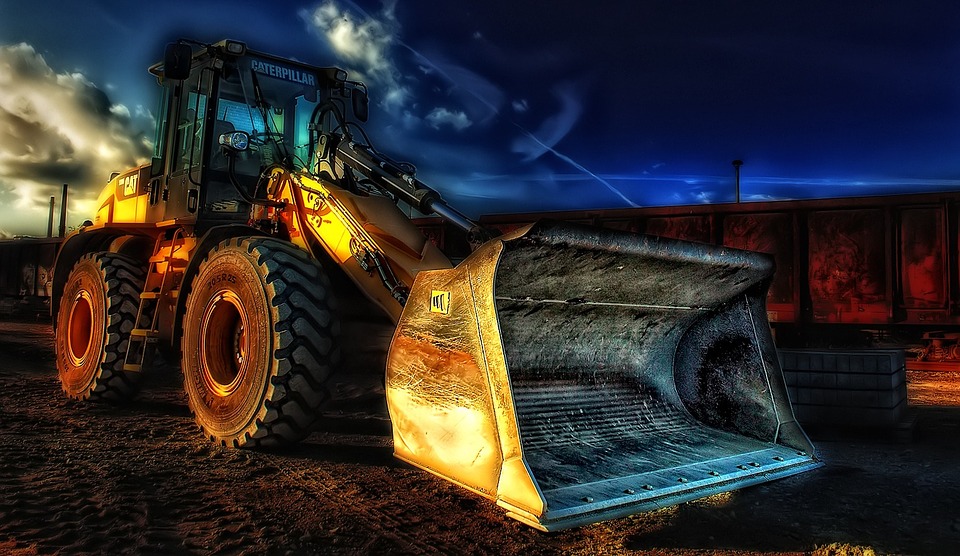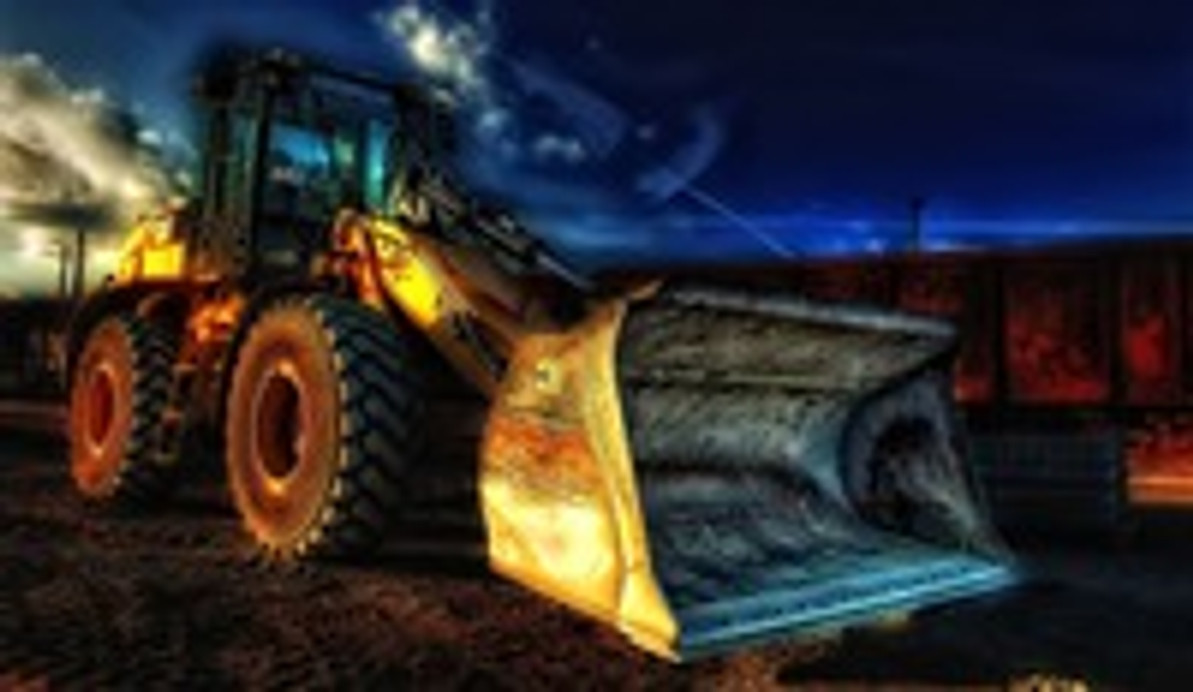OSHA's 'Big Four' Hazards in the Construction Industry

Construction is a major sector within the United States economy, responsible for generating an estimated $1.7 trillion annually and employing more than 7 million workers. Like all industries, though, construction workers are susceptible to on-the-job injuries. In an effort to curb these numbers and promote a safer workplace, the Occupational Safety and Health Administration (OSHA) has published a list of the "Big Four" safety hazards faced by construction workers.
Slip-and-Falls
It should come as little-to-no surprise to learn that slip-and-fall accidents are among the most common safety hazards in the construction industry. From spilled oil and liquids to loose catwalks and slippery surfaces, there are dozens of ways in which a construction worker can fall and injure themselves.
Electrocutions
Another common safety hazard faced by construction workers is electrocution. Some jobsites have electrical generators powering various equipment and tools, networked with a spiderweb-like array of cords. When these electrical components are exposed to moisture, it can create a dangerous scenario by increasing the risk of electrocution.
Caught in or Between
A lesser-known safety hazard in the construction industry is "caught in or between." As the names suggests, this occurs when a worker is caught "in or between" something. Each year, tens of thousands of construction workers sustain injuries such as this, attesting to its wide-reaching implications.
Struck by
Last but not least, construction workers should use caution to avoid being struck by objects or machines. Forklift operators, for instance, may accidentally hit other construction workers on the jobsite, resulting in potentially serious injury.
While these are considered the "Big Four" safety hazards in the construction industry, workers are exposed to a countless number of other hazards, ranging from air pollution and trench collapse to laceration and hearing loss. See below for a list of tips to promote a safe working environment in the construction industry:
- Conduct thorough inspections of all equipment and machines.
- Provide workers with the appropriate personal protective equipment (PPE).
- Hold regular Toolbox Talks, during which you discuss safety hazards with workers.
- Encourage workers to report safety violations in a timely manner.
- Identify high-risk areas within your workplace or jobsite, implementing the necessary changes to improve them.
Recent Posts
-
Fire Safety in the Workplace: What You Need to Know
What steps are you taking to prevent fires in your workplace? According to the U.S. Occupational Saf …Aug 23rd 2023 -
Is It Safe to Go Jogging With a Cold Infection?
If you're suffering from a cold infection, you might be wondering whether it's safe to go jogging. T …Aug 22nd 2023 -
5 Safety Tips to Follow When Using a Powder-Actuated Tool
Powder-actuated tools are commonly used to join materials to steel and concrete. Also known as Hilti …Aug 20th 2023




